
If you’re planning a big launch, gala, conference, or festival, a strong press release can be the spark that turns your news into headlines—and ticket sales. Journalists still want clear, newsworthy updates: in 2024, 72% said press releases are the content they most want from PR pros, according to Cision’s State of the Media. Read the report
This guide shows you exactly how to write a press release for an event—step by step—with examples you can model for a charity gala, a tech conference, and a music festival. You’ll learn what to include, how to format it for newsroom expectations, when to send it, and how to measure what matters most: registrations, attendance, and impact.
A press release is an official, one-page announcement designed for media and the public that summarizes the who, what, when, where, and why of your news. For events, a press release creates credibility, helps editors cover you accurately, and gives you a reusable, consistent narrative across channels.
Beyond coverage, a well-written release supports discovery and conversion. Publish it in your online newsroom and link it from your event page and email campaigns; this gives journalists facts to cite and your audience a clear path to RSVP or buy tickets.
: The newsroom-standard format signals professionalism and reliability.
The Loopyah Content Team shares expert insights, practical guides, and industry updates to help event organizers create unforgettable experiences and stay ahead in the event planning world.
marketing
Discoverability: Publishing your release on your site (and, when it makes sense, via a newswire) expands reach and aids research for reporters and partners.
Consistency: One clear source of truth reduces mistakes across media coverage, ticketing pages, and social posts.
Conversion: A strong call to action (request press pass, RSVP, buy tickets) turns awareness into attendance.
Important note for SEO: don’t treat distributed press releases as a link-building tactic. Google considers optimized anchors in distributed releases as link spam; links should be qualified (e.g., nofollow) and your focus should remain on news value and clarity. Use your press release to inform, and your event page to convert.
For a broader go-to-market plan around your release, map it against your event marketing timeline and activate your email list with a concise teaser linking to the full release and your event page. Need help planning email sequences, see our event email marketing strategy guide.
Editors skim. Your job is to make every section functional and easy to lift into coverage. Here are the pieces that matter and how to get them right.
Be short, specific, and search-friendly. Front-load what’s newsworthy (headliner, date, venue, or impact). Aim for 55–65 characters when possible so it performs across search, social, and mobile. Avoid puns that hide the news.
“Short, specific headlines outperform—let your headline convey the core news in one glance.”
Example: “City Arts Council Announces 2025 Summer Festival Lineup for Riverfront Park”
Format: CITY, State — Month Day, Year — First sentence. Use AP-style city names and include the date you’re distributing the release, not the event date (the event date goes in the body).
Example: “AUSTIN, Texas — May 7, 2025 — ”
Nail the five Ws in 2–3 sentences: who’s hosting, what the event is, when and where it happens, and why it matters now. If you bury the news, you’ll lose the reader.
Example: “The City Arts Council will host the 12th Annual Riverfront Summer Festival on July 19–21 at Riverfront Park, featuring headliners Jaya Cruz and The Northern Lights. The festival benefits local youth music programs and is expected to draw 30,000 attendees.”
Who: Organization name, partners, sponsors, notable talent/speakers; include titles and affiliations.
What: Event type (gala, conference, festival), theme, agenda highlights, activations, or tracks.
When: Dates, daily times, time zone. Include credential pickup and door times for media.
Where: Venue name, full address, parking/transit info, accessibility details.
Why/How: Purpose, cause, relevance, anticipated impact (attendees, funds raised, economic impact).
Access: Ticketing link, press credential instructions, livestream/broadcast details.
Journalists dislike filler quotes. Make them short, human, and additive—something only a person can say. Attribute to a named spokesperson or notable speaker and use quotes to add context, vision, or stakes (not to repeat the facts).
Example: “Community festivals are where our city’s creativity and small businesses shine,” said Maria Thompson, Executive Director of the City Arts Council. “This year’s lineup mirrors our neighborhoods—diverse, bold, and built on collaboration.”
Tell readers exactly what to do next: request a press pass, RSVP, or buy tickets. Place the primary CTA near the top and reiterate it near the end. If you’re issuing a media-only advisory, the CTA is about credentials, interview requests, or photo/video access.
Examples: “Buy tickets at RiverfrontFest.org” or “Journalists: Request media credentials by July 5 at media@riverfrontfest.org.”
An 80–120-word description of your organization that ends every release. State your mission, scope, and a proof point (attendees, funds raised, awards). Keep it evergreen and update quarterly.
Name, title, email, and mobile number. If you’re open to texts, say so. Include your time zone and specify availability during the event. If there’s a press room onsite, list hours and location.
Plan your angle and audience. Decide what’s truly newsworthy: Is it your headliner? A major sponsor? A new venue or sustainability push? Define your primary audience (local news, trade media, lifestyle) and your key message in one sentence. Align with your event marketing timeline so your release supports your broader campaign.
Write a compelling headline. Make the news unmistakable and keep it tight. Avoid jargon and cleverness that obscures meaning.
Headline examples:
“GreenTech Summit Reveals 2025 Keynotes: Dr. Linh Vo, Maya Patel, and more”
“Harbor City Music Fest Returns July 12–14 with New Riverfront Stage”
“Hope for All to Host Annual Gala Benefiting Local Homeless Families”
Craft a strong lead. Your opening paragraph should summarize the five Ws and the “so what?” in 2–3 sentences. Keep the most important detail first.
Lead example: “Harbor City Music Fest will light up the riverfront July 12–14 with 40+ artists across three stages, including headliners Midnight Parade and Asha Léon. A portion of proceeds supports arts education in local schools.”
Provide essential event details. After the lead, expand with scannable information editors need to publish fast.
Agenda highlights: tracks, premiere sessions, meet-and-greets, activations.
Speakers/artists: names, titles/affiliations, what they’ll cover or perform.
Logistics: venue, address, dates, times, parking/transit, accessibility, credential pickup.
Access: ticketing/RSVP link, press pass request, livestream info, on-site media room.
Include quotes that add value. Choose one organizer quote and optionally one partner/speaker quote. Keep each to 1–2 sentences. Use them to add insight or stakes, not to restate facts.
Quote example: “We curated a program that pairs headline innovation with hands-on community workshops,” said Jordan Lee, Program Director for GreenTech Summit. “Attendees will leave with playbooks they can apply the next day.”
Add a clear call to action. Tell journalists how to get credentials or an interview, and tell the public how to attend.
“Buy tickets: HarborCityFest.com/tickets”
“Media: Request a press pass by June 30 at media@harborcityfest.com”
Write your boilerplate. In ~100 words, explain who you are, whom you serve, what you’ve achieved, and where to learn more. Keep it evergreen and jargon-free.
Include contact information. Name, title, email, phone, time zone, and on-site availability. If a media kit is available, include a link to it.
Proofread and fact-check. Confirm dates, spellings, titles, and links. Read aloud to tighten. Use AP style for consistency. If you’re distributing widely, qualify outbound links and avoid over-optimized anchor text.
Headline: “Hope for All to Host Annual Gala Benefiting Local Homeless Families”
Dateline + Lead: “BROOKLYN, N.Y. — March 3, 2025 — Hope for All will host its Annual Spring Gala on April 18 at the Grand Prospect Hall to fund emergency housing and career services for families in transition. The evening features a seated dinner, live auction, and a performance by Grammy nominee Dalia Cruz.”
Body highlights: Last year the gala raised $425,000, funding 5,200 shelter nights and 230 job placements. Event co-chairs include chef Emilio Ramos and TV host Nina Li. Doors open at 6 p.m.; program begins at 7 p.m.
Quote: “Our community shows up with compassion and action,” said CEO Lena Ortiz. “Every ticket funds critical services that give families a fresh start.”
CTA: “Buy tickets or donate at HopeForAll.org/gala. Media: Request credentials by April 10 at press@hopeforall.org.”
Why it works: It leads with clear impact metrics and human purpose, then logistics; the quote adds emotion and urgency.
Headline: “GreenTech Summit Reveals 2025 Keynotes: Dr. Linh Vo, Maya Patel, and more”
Lead: “SAN FRANCISCO — April 9, 2025 — GreenTech Summit announced its opening keynotes for September 10–12 at Moscone Center, featuring climate fintech pioneer Dr. Linh Vo and Circularity Labs founder Maya Patel.”
Body highlights: Three tracks—Policy, Finance, and Operations—with 80+ sessions. New startup pitch showcase with $100,000 prize. Early-bird passes available through May 30.
Quote: “We’re bringing policy makers and operators into the same rooms to accelerate real-world adoption,” said Program Chair Jordan Lee.
CTA: “Explore the agenda and register at GreenTechSummit.com. Media passes available at greentechsummit.com/press.”
Why it works: Trade media care about recognizable speakers and what they’ll cover now; this format answers exactly that.
Headline: “Harbor City Music Fest Returns July 12–14 with Midnight Parade, Asha Léon, and 40+ Artists”
Lead: “HARBOR CITY — May 7, 2025 — The Harbor City Music Fest will take over Riverfront Park July 12–14 with three stages, local food vendors, and late-night waterfront sets.”
Body highlights: Lineup includes headliners Midnight Parade and Asha Léon plus Breaker Boys, Sol Tide, and DJ Mira. GA and VIP passes on sale now; children under 10 free with adult. Park-and-ride and ADA info at HarborCityFest.com/access.
Quote: “We doubled down on local talent and riverfront experiences this year,” said Festival Director Noel Kim.
CTA: “Buy passes at HarborCityFest.com/tickets. Media: Apply for credentials by June 30.”
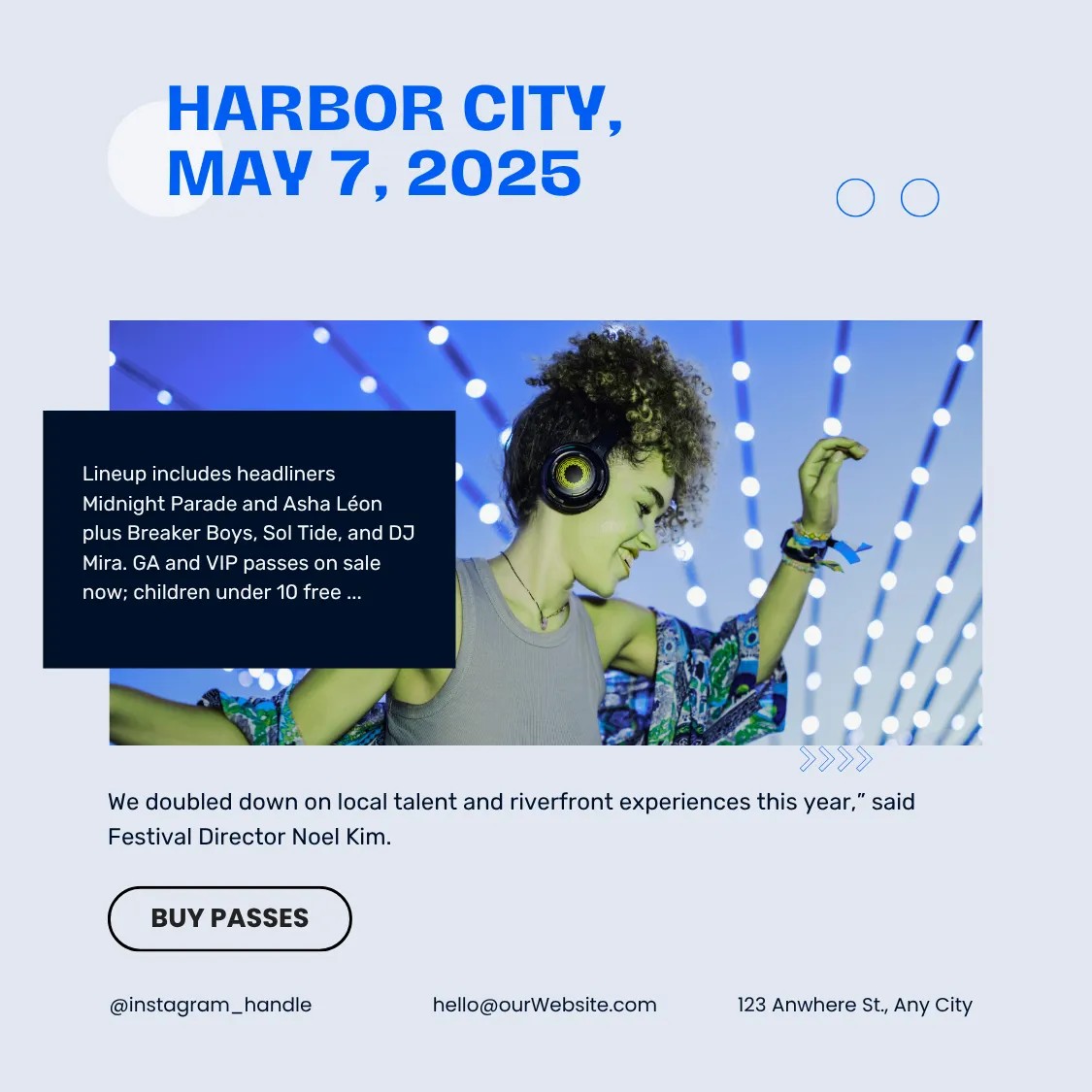
Even the best-written press release for an event needs smart distribution. Focus on relevance, timing, and channel mix to improve your pickup odds—and your registrations.
Prioritize journalists who actively cover your beat (local events, arts, tech, hospitality, nonprofit).
Personalize your outreach in 1:1 emails; reference a recent related story and explain why your event fits their audience.
Send in the morning when editors plan their day; follow up once within 24–72 hours with a new angle or asset (e.g., photo, speaker confirmation).
For large consumer or national trade events, pairing personalized pitching with a newswire can expand reach and provide a referenceable link for your online newsroom. Think in sequences across your event lifecycle: initial announce, speaker/lineup reveal, schedule drop, on-site daily recaps, and a post-event results release with next-year save-the-date.
Website newsroom: Publish the full release and assets (logo, photography, fact sheet). Embed your ticketing link prominently.
Event page SEO: Use clear dates, times, venue, and ticket URLs and mark up your event page with structured data to aid discovery in Search and Maps. See Google’s Event structured data guidance
Email: Send a short announcement to your list that links to the full release and your event page. Segment VIPs, press, and past attendees for tailored messages.
Don’t forget social amplification—turn key lines into image cards, post speaker quotes, and create a pinned thread with the core details and ticket link.
For additional ideas to convert awareness into attendance, check our practical guide on how to sell more tickets for an event.
Define success before you hit send. Move beyond vanity metrics and tie your press release for an event to real outcomes.
Coverage quality, not just quantity: Track message pull-through (did outlets mention your headliners, date, venue, and CTA?), outlet relevance, and share of voice vs. competing events.
Traffic and conversions: Use UTM tags on links in your release and pitches to attribute referral traffic in GA4. Measure registrations, ticket purchases, and press pass requests driven by the release.
Audience engagement: Monitor email click-through rates, social shares/comments on release excerpts, and time-on-page for your newsroom post.
If you report to stakeholders, adopt a simple framework that links Inputs (release + outreach), Outputs (coverage), Outtakes (audience understanding), and Outcomes (registrations, attendance, funds raised). This keeps the focus on impact.
Burying the news: If your headline and first sentence don’t convey the core story, editors may not read further.
Jargon and fluff: Keep language plain. Quotes should sound human and add insight—not repeat the facts in fancier words.
Missing essentials: Always include dates, times, venue address, access instructions, and working links.
Over-optimizing for SEO: Distributed press release links should be qualified (e.g., nofollow). Don’t rely on press releases for link building—focus on news value and clarity.
Mass blasting: Poorly targeted, generic pitches get deleted. Personalize by beat and location; follow up once, briefly, with something new to add.
Finally, make sure your release and event page match exactly on dates, times, venue, and ticket URLs. Consistency prevents confusion and supports discoverability.
For deeper inspiration on content that converts, explore our playbook on event email marketing and our guide to selling more tickets once your press release sparks interest.
A great press release for an event pairs newsroom-standard structure with a disciplined distribution plan. Lead with a short, specific headline, nail the five Ws in the first paragraph, add quotes that carry real voice and value, and make your CTA unmistakable. Publish it in your newsroom, keep your event page consistent and search-friendly, and measure outcomes—registrations, attendance, and impact—not just impressions.

marketing
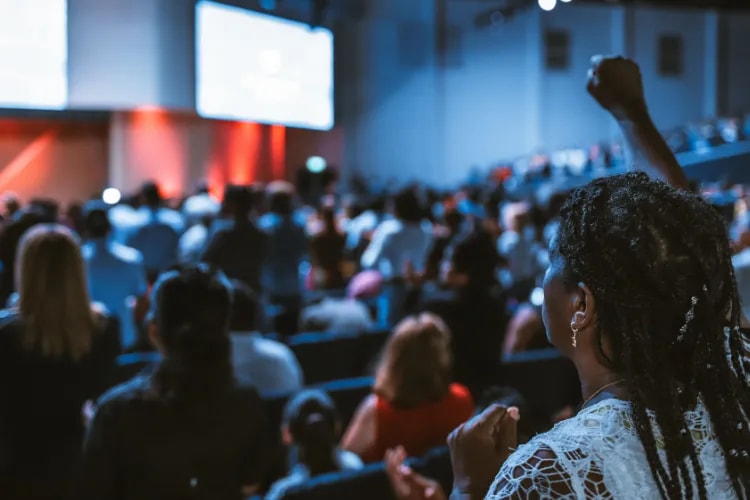

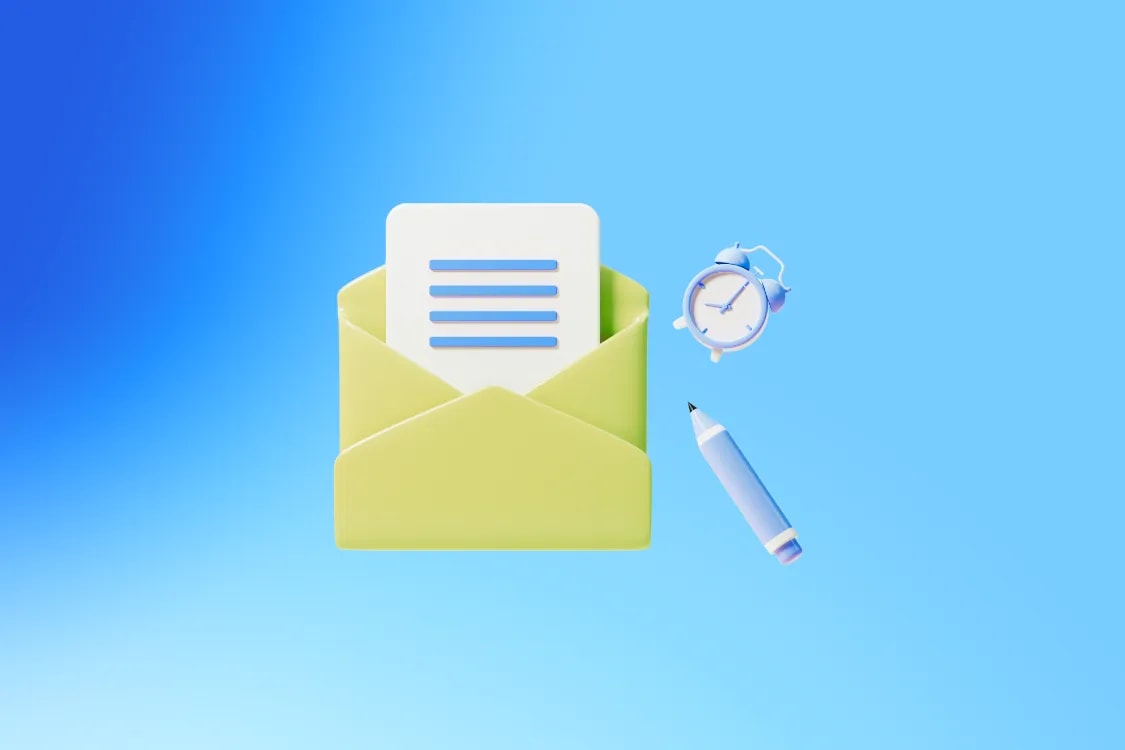
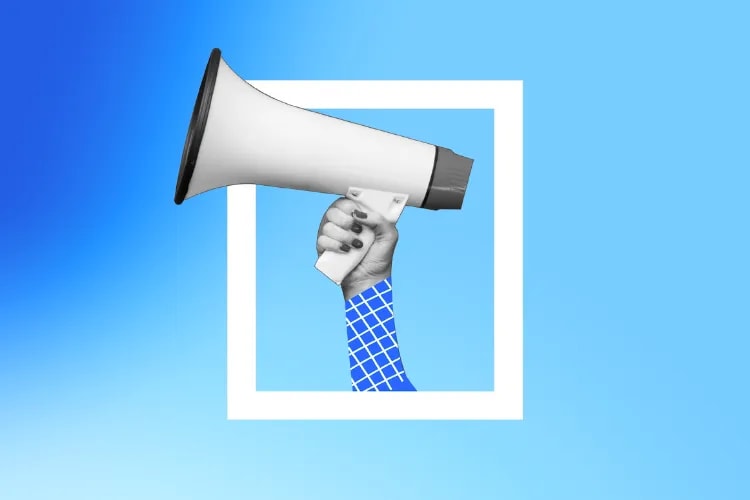
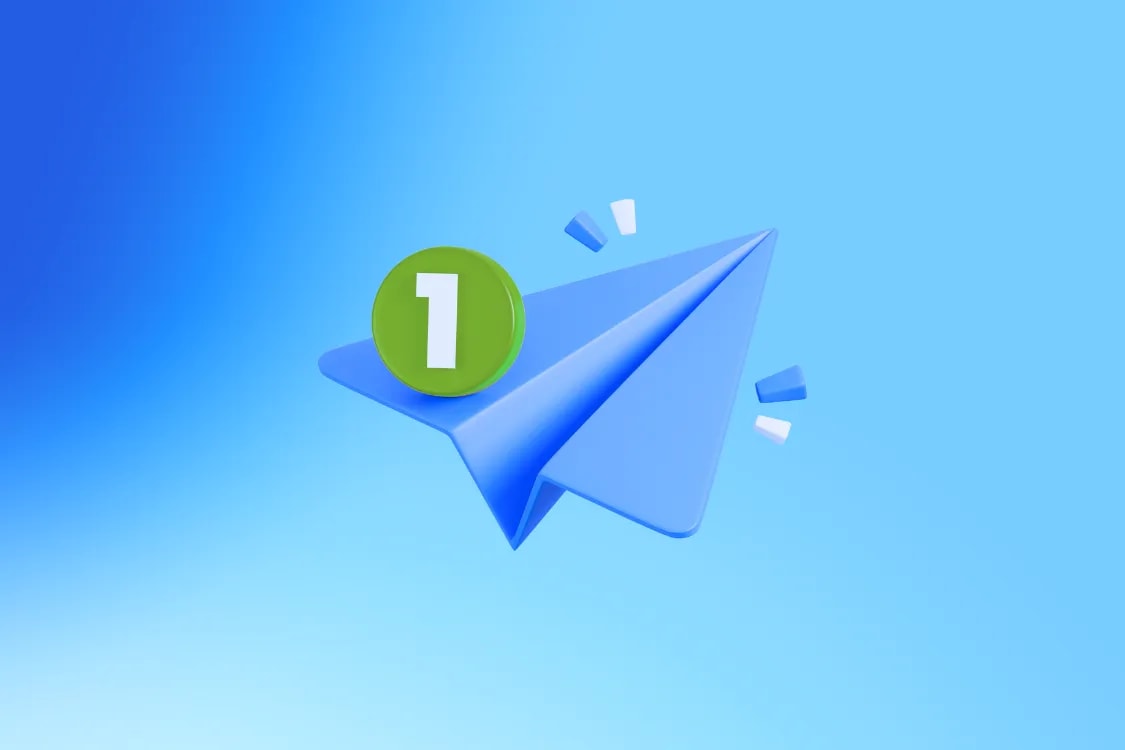
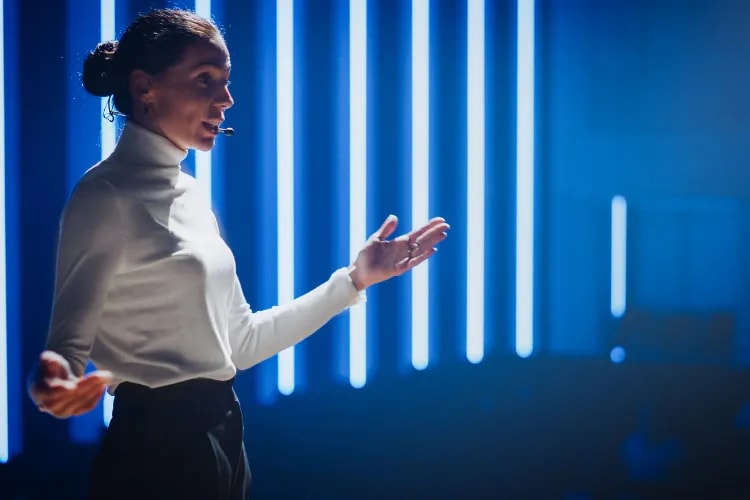
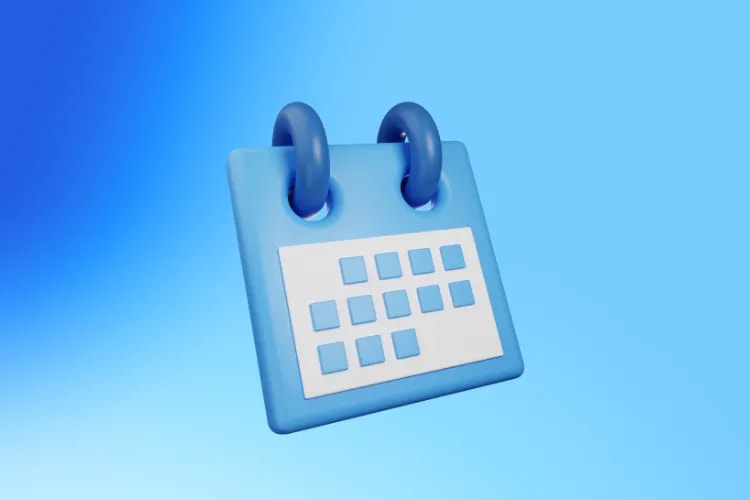
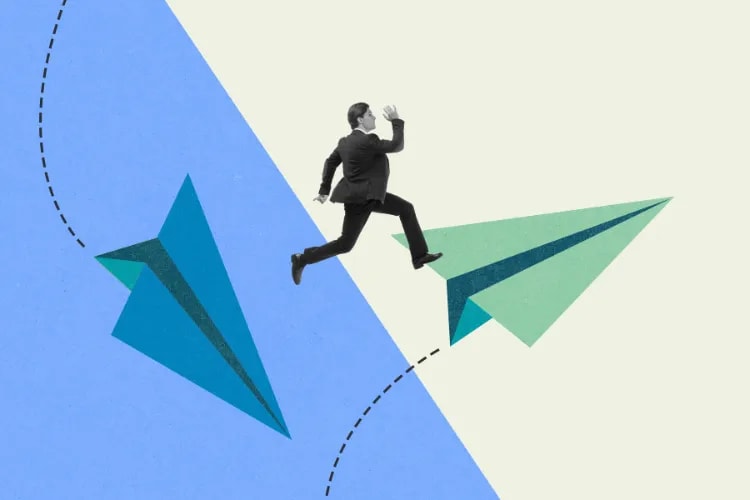

selling
marketing
marketing
selling
marketing
planning
tools
growth
marketing